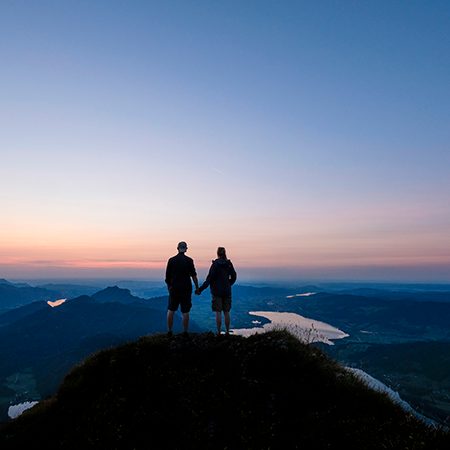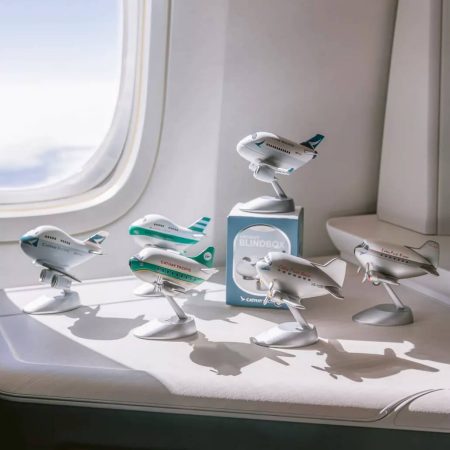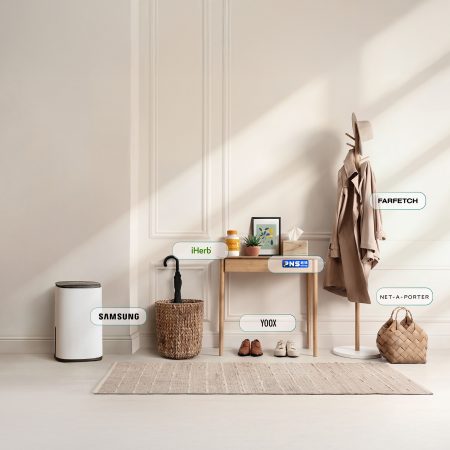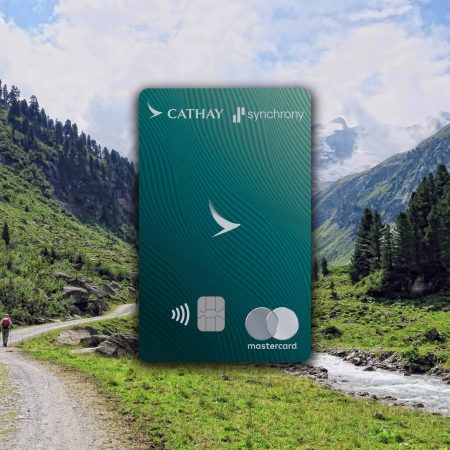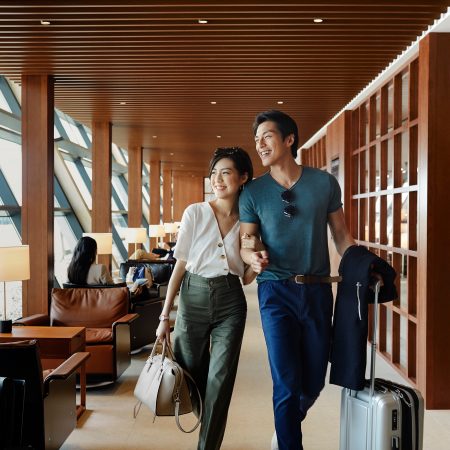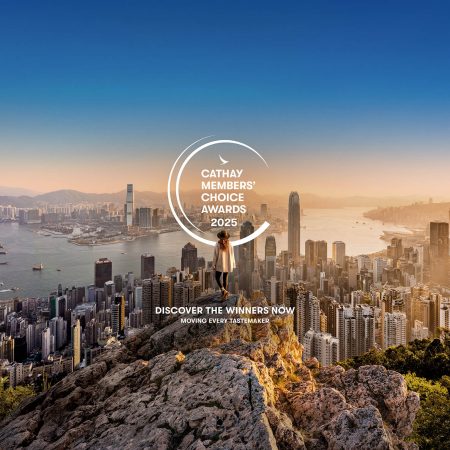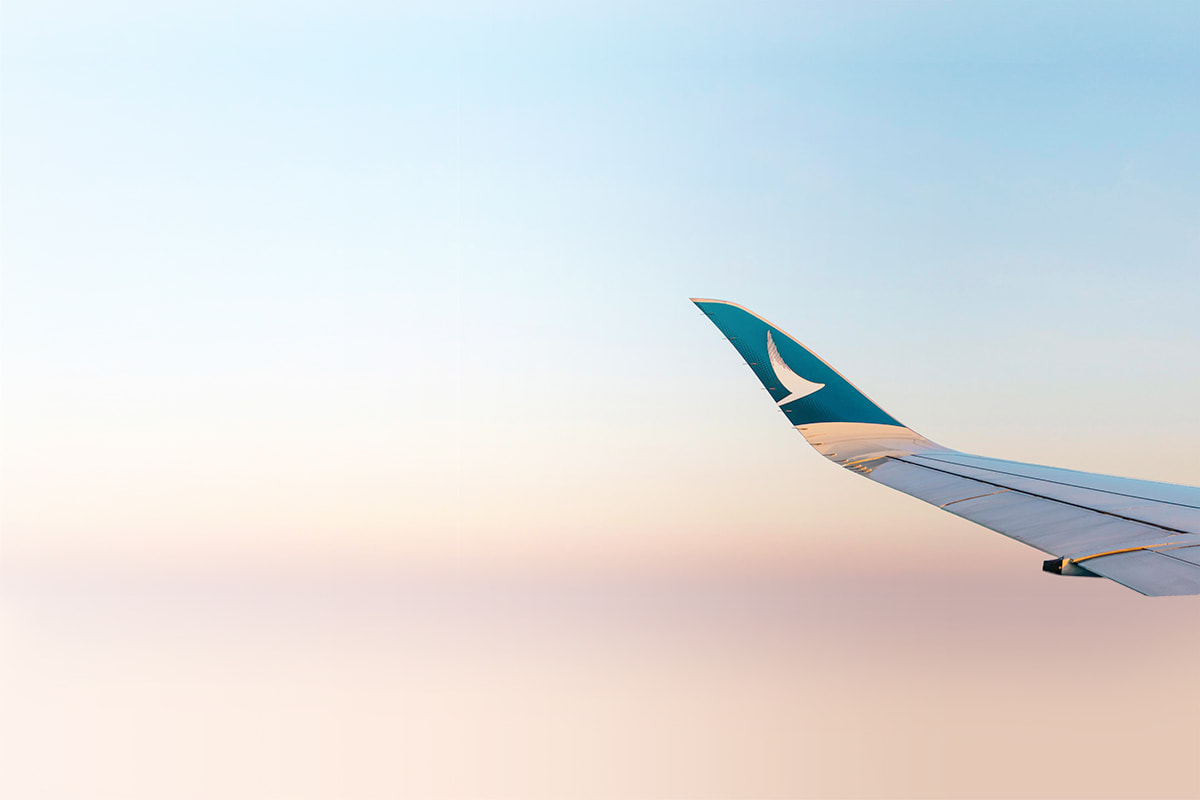Discovering AlUla, Saudi Arabia’s next big arts hub in the desert
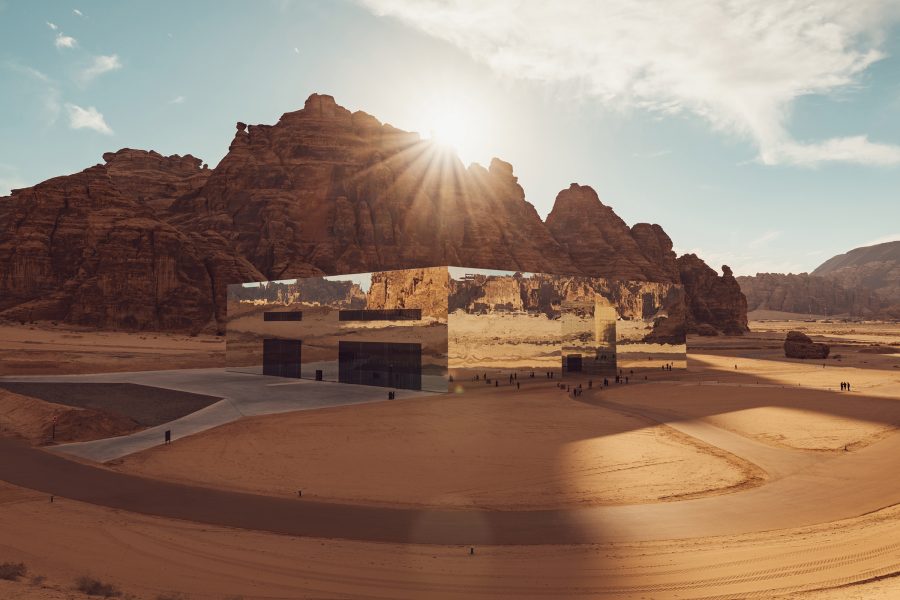
It’s 8am, and the AlUla desert is already ablaze with summer light. Nothing stirs amid the dunes, save for the sound of wind whipping through the canyons. But look closer in this seemingly barren expanse and signs of life abound. Snakes, birds and beetles have left tracks in the sand. Overhead, a small bird performs a few acrobatic twirls before vanishing behind a bluff.
There are older signs too – petroglyphs of ibexes and camels etched into the rock faces of Jabal Ikmah and other hidden corners of AlUla thousands of years ago by Bedouin nomads or traders journeying along the incense and spice routes that crossed India, Arabia and the Mediterranean. These creators were among the first artists of this land; they won’t be the last.
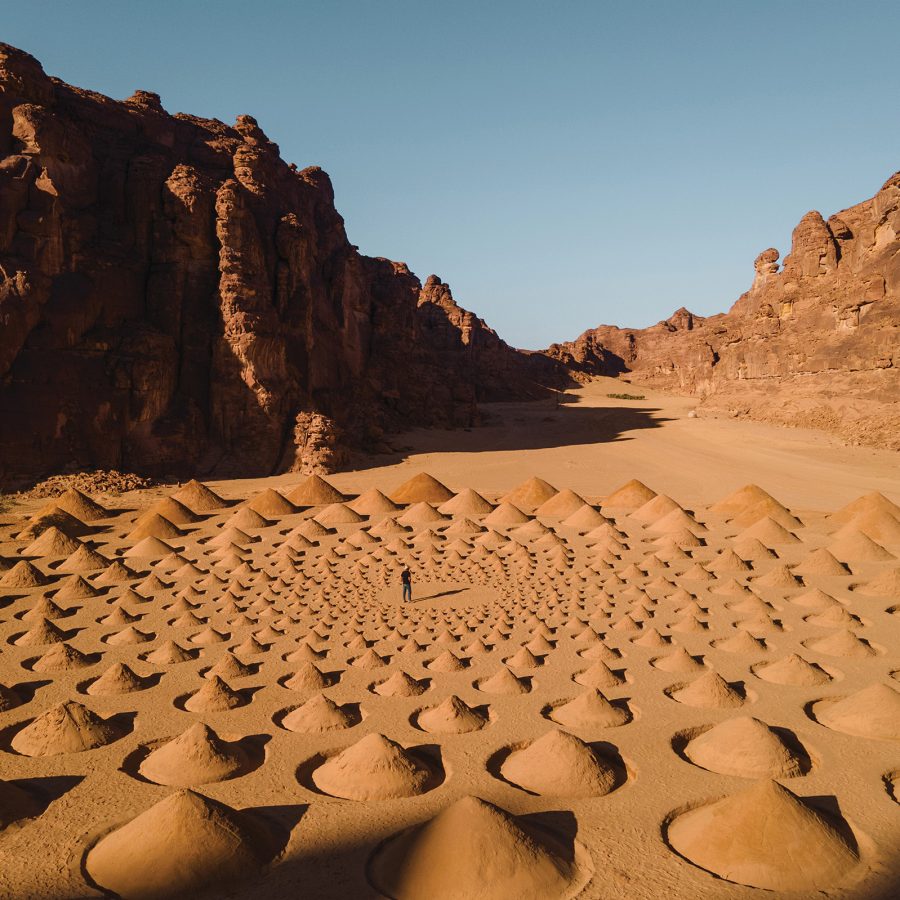
Credit: Jim Denevan, Angle of Repose, Desert X 2022 Lance Gerber, courtesy of The Royal Commission for AlUla and Desert X
Exploring Saudi Arabia’s “Valley of the Arts”, Wadi AlFann
Soon, this area will be transformed by a group of contemporary Saudi and international artists through Wadi AlFann , or “Valley of the Arts” in Arabic. Supported by The Royal Commission for AlUla (RCU), established in 2017 to preserve the region’s heritage and develop sustainable tourism, the initiative will turn 65sq km of desert into an open-air museum.
Led by curator Iwona Blazwick OBE, Chair of the RCU’s Public Art Expert Panel, Wadi AlFann will feature permanent works by five artists: Agnes Denes, Manal AlDowayan, Michael Heizer, Ahmed Mater and James Turrell. The project continues the land art movement of the 1960s and ’70s, known for large-scale works integrated with nature.
“The idea was to commission artworks that are sensitive to the landscape and offer different ways of interacting with the desert,” Blazwick says as she leads a tour of Wadi AlFann. “The artists looked at the wind, the light and the environment to create works that are truly site-specific.”
The location has already hosted temporary installations under the auspices of the Desert X AlUla biennial , launched in 2020 as a sister event to California’s Desert X in Coachella Valley. Notable works include Karola Braga’s Sfumato (2024), a sand structure that diffuses the scent of frankincense and myrrh into the atmosphere; Rayyane Tabet’s Steel Rings (2020), a row of 40 metal hoops symbolising the defunct Trans-Arabian Pipeline; and Jim Denevan’s mesmerising Angle of Repose (2022), composed of 365 mounds of sand arranged into concentric circles.
In 2026, Wadi AlFann will unveil its first five permanent artworks, including Mater’s Ashab Al-Lal, a massive oculus that creates a mirage-like effect; AlDowayan’s Oasis of Stories, a labyrinthine replica of AlUla Old Town ’s mudbrick houses etched with pictograms by locals; and Denes’s crystalline pyramid, continuing her fascination with the form.
Sustainability is central to the AlUla experience. Architects and engineers are exploring low-impact design and construction methods. “It’s a wilderness and we want it to continue being a wilderness,” Blazwick says. “People will be enthralled by the landscape.”


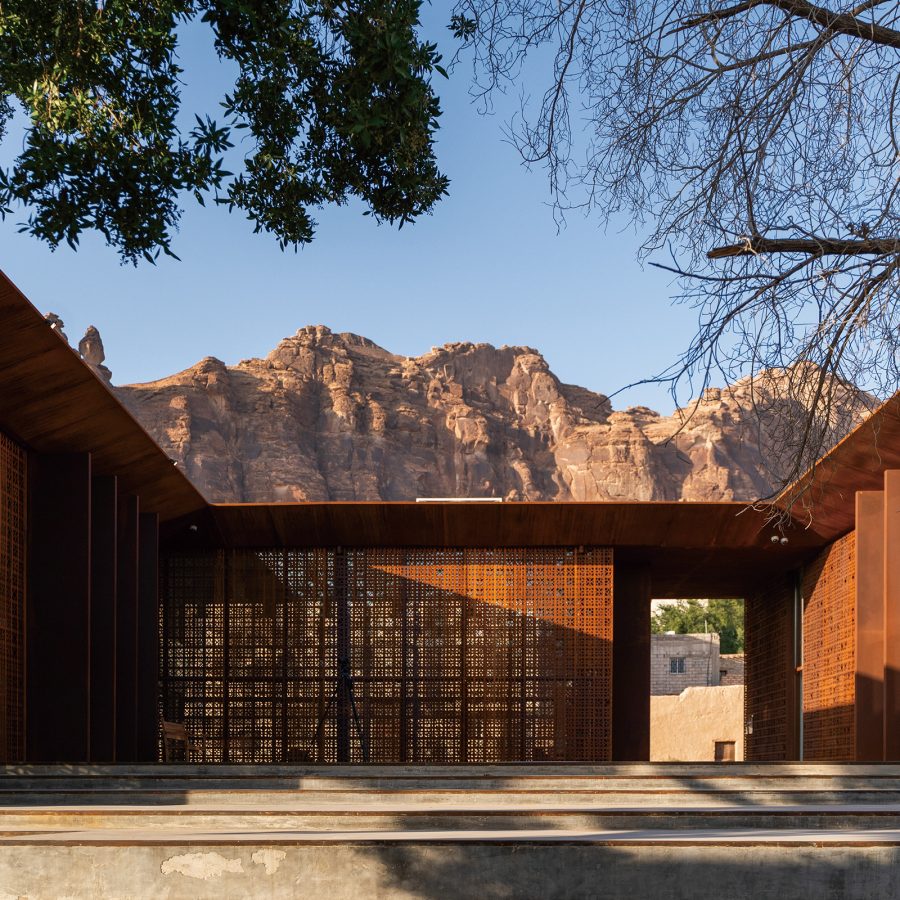
Experience live music in the desert at Saudi’s Ashar Valley
AlUla’s transformation extends beyond Wadi AlFann. In the heart of the Ashar Valley stands Maraya , a dazzling concert venue clad with 9,740 mirrored panes. Winter is concert season, but even off-season it’s worth touring this architectural marvel.
A 20-minute drive away is AlUla’s AlJadidah Arts District, adjacent to the Old Town. You’ll know you’ve arrived when you see the beautiful, colourful murals that enliven the earth-toned surroundings.
Housed in a boxy building with a gorgeous, latticed façade is Athr Gallery , a prominent player in Saudi contemporary art, which also has locations in Jeddah and Riyadh. Athr’s desert outpost shares a building with Design Space AlUla, a multipurpose venue for exhibitions and workshops whose art and design residencies attract participants from around the world.
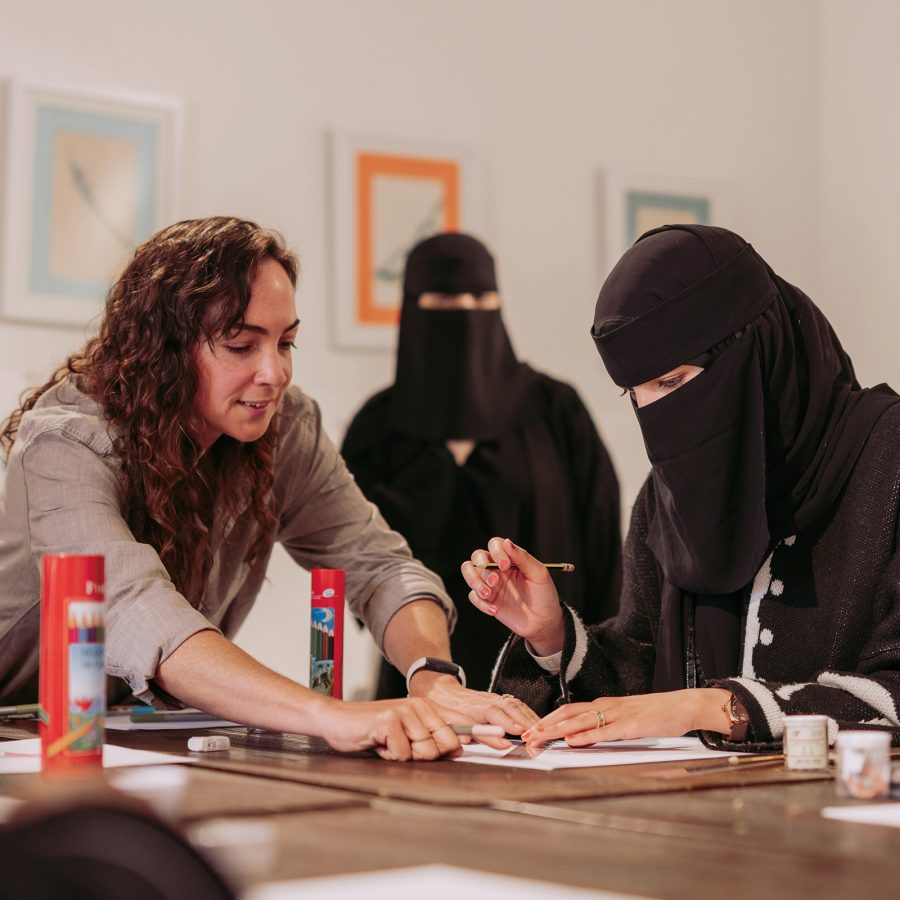

Also in the neighbourhood is Madrasat Addeera , a former girls’ school converted in 2019 into an institute that trains local women in traditional crafts, such as palm weaving, embroidery, jewellery-making and ceramics. You can support them by purchasing handcrafted souvenirs from Madrasat Addeera’s shop in the Old Town or its website.
In January, AlJadidah and Wadi AlFann will come to life with the return of the annual AlUla Arts Festival and the fourth edition of Desert X AlUla. Chart a journey to discover art that reveals the region’s rich heritage, the stories of its civilisations and the timeless allure of this desert oasis.
Where to stay for an immersive desert experience

1. The Chedi Hegra
An exemplar of understated elegance, The Chedi Hegra is close to the majestic Nabataean tombs at Mada’in Salih, an unmissable Unesco World Heritage Site. The resort was built on the ruins of Hegra train station, through which the famed Hejaz Railway passed en route to Damascus; a restored locomotive in the lobby of the excellent in-house restaurant, Prima Classe, alludes to this history.
2. Our Habitas AlUla
Located in the dramatic canyons of the Ashar Valley, Our Habitas AlUla ’s cosy, tented villas are complemented by art installations featured in previous editions of Desert X AlUla, including Mohammed Ahmed Ibrahim’s installation of candy-coloured boulders, and circular trampolines by Manal AlDowayan.

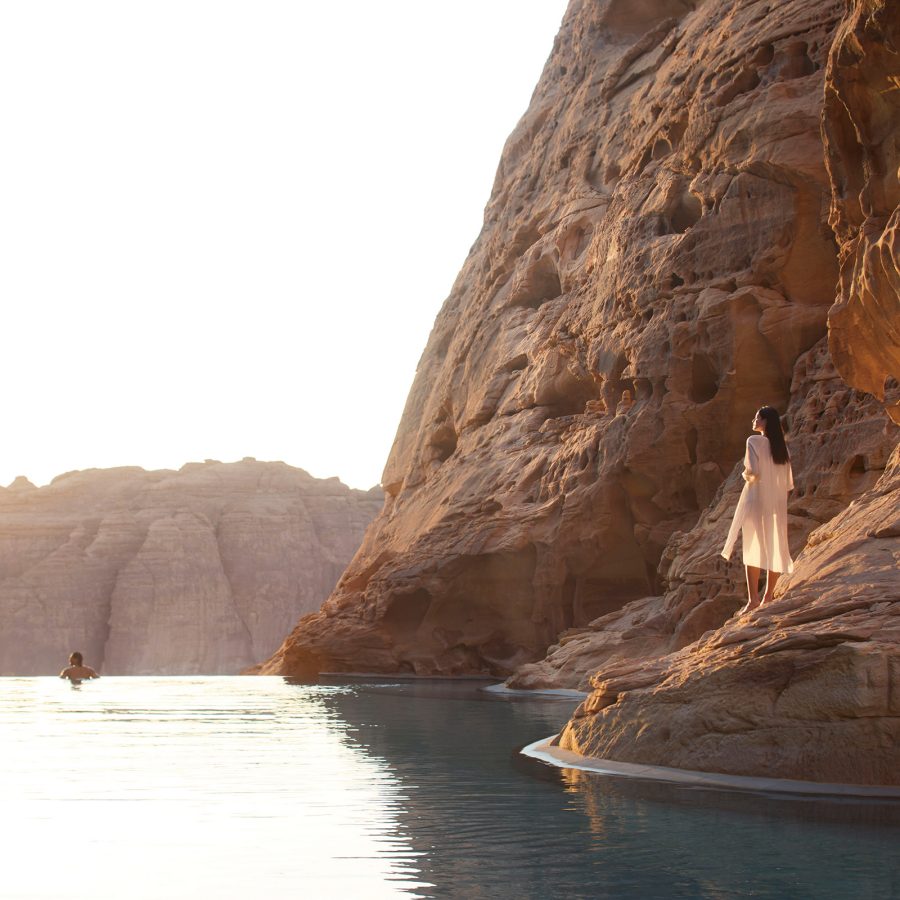
3. Banyan Tree AlUla
Banyan Tree AlUla ’s sleek, canopied villas and infinity pool blend into the surrounding dunes and cliffs. Its warm, modern interiors are adorned with traditional handicrafts, and all rooms have a spacious terrace where you can relax while taking in the stunning desert views.
More inspiration
- China – the Chinese Mainland, Hong Kong SAR, Macao SAR and Taiwan Region
- Hong Kong SAR - English
- Chinese Mainland (China) - English
- Taiwan, China - English
- 香港特別行政區 - 繁體中文
- 中国內地 - 简体中文
- 中國台灣 - 繁體中文
- Africa
- South Africa - English
- Americas
- Canada - English
- Canada - Français
- United States - English
- Asia
- Bangladesh - English
- Korea - English
- Singapore - English
- Cambodia - English
- 한국 - 한국어
- Sri Lanka - English
- India - English
- Malaysia - English
- Thailand - English
- Indonesia - English
- Maldives - English
- ประเทศไทย - ภาษาไทย
- Indonesia - Bahasa Indonesia
- Myanmar - English
- Vietnam - English
- Japan - English
- Nepal - English
- Việt Nam - tiếng Việt
- 日本 - 日本語
- Philippines - English
- Australasia
- Australia - English
- New Zealand - English
